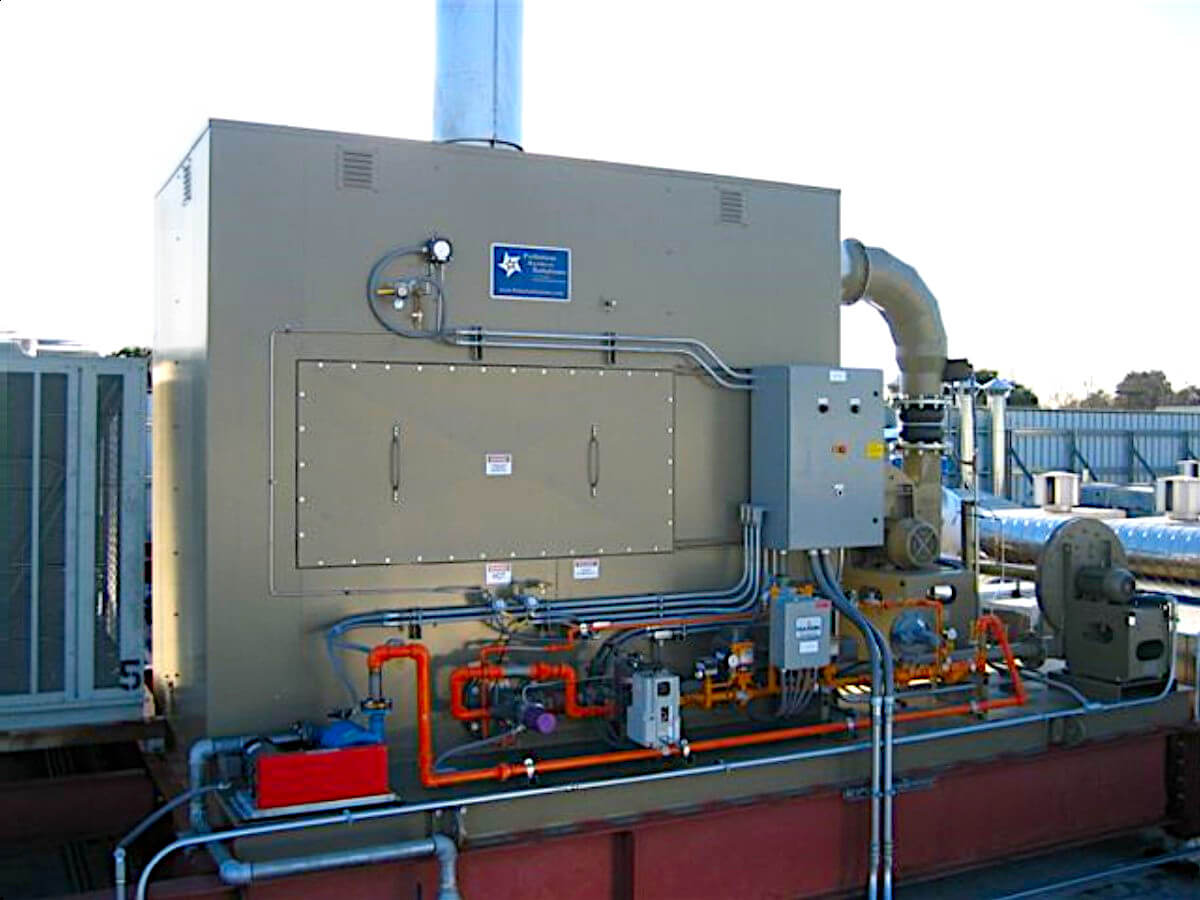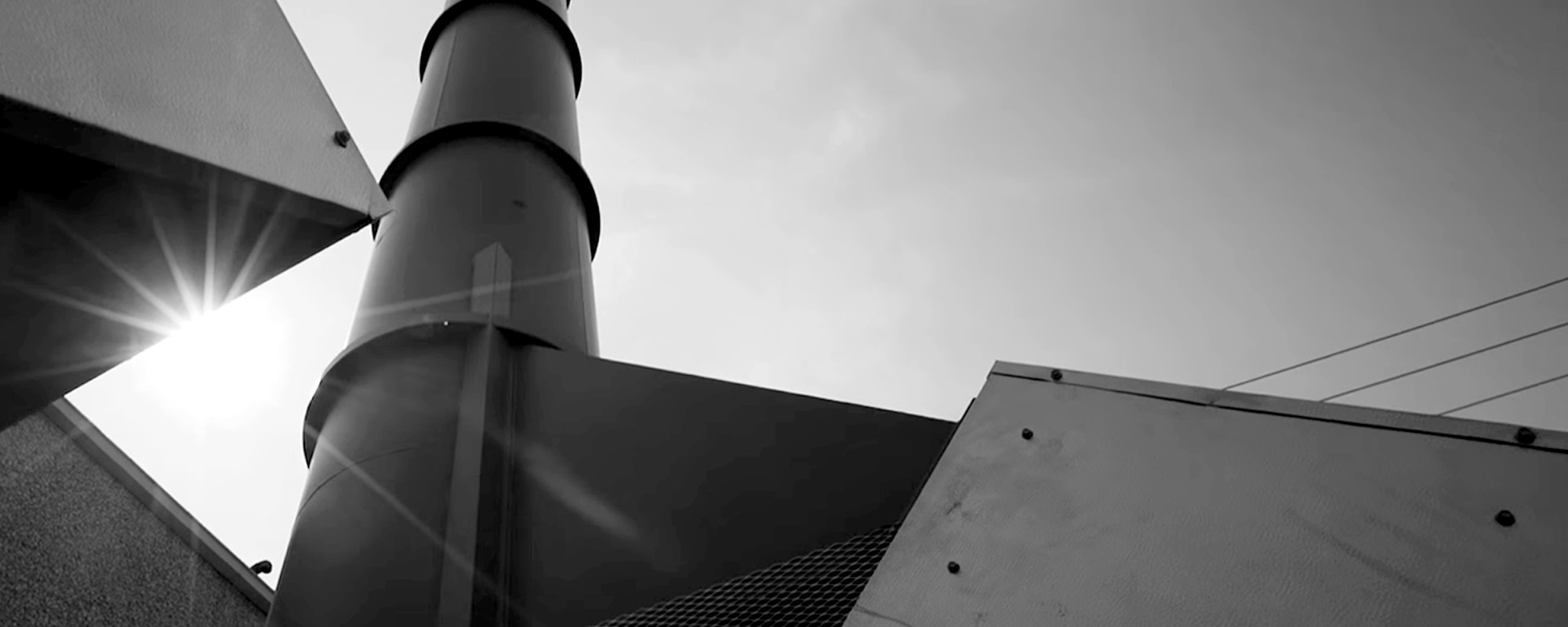Solar Panel Manufacturing Facility Treats VOC Emissions With Catalytic Oxidizer
- Pollutant: Volatile Organic Compounds (VOCs)
- Industry: Microelectronics
- System: Catalytic Oxidizers
To maintain state and federal compliance, a solar panel manufacturer worked with Pollution Systems to get a Catalytic Oxidizer solution that was tailored to their business and operational needs.

Operating Issue
A solar panel manufacturer in California was ready to commercially produce a groundbreaking product that had taken many years to develop. Pollution Systems (PSI) was initially contacted as a consultant to determine what air pollution control technology was most appropriate for the new product line used in their solar panel production. PSI worked closely with the company to understand its processes and the anticipated air emission characteristics that required treatment.
Proposed Solution
After carefully reviewing the process application, operating requirements, and initial investment relative to ongoing operating cost, PSI recommended the installation of a Recuperative Catalytic Oxidizer. Air Pollution Control using this technology is most appropriate in applications where high destruction efficiency is required, particulate and catalyst poisons are not present, and Volatile Organic Compounds (VOCs) concentrations are below 25% LEL.
The Technology: How it Works
Recuperative Catalytic Oxidizers incorporate a heat exchanger and precious metal catalyst on a monolith substrate. The process air is heated and passes through a catalyst, converting the VOCs into carbon dioxide, water vapor, and thermal energy. This conversion is achieved at much lower temperatures than other thermal oxidizers. The exhaust passes through the heat exchanger, which preheats the VOC-laden air prior to entering the heating chamber.
Implementation and Results
After conducting their research and calculating the numbers, PSI met with the company’s key operating and technical staff to carefully review each of the oxidizer technologies available, along with each one’s advantages and disadvantages. PSI explained that a Recuperative Catalytic Oxidizer was recommended based on the expected exhaust flow rate, requirements for high destruction efficiency, and low impurities in the exhaust. In this application, a Recuperative Catalytic Oxidizer offered lower overall operating costs in relation to the alternative systems. Satisfied with the data and recommendation presented, the customer made the decision to integrate a Recuperative Catalytic Oxidizer in their manufacturing process. As was guaranteed, the selected system achieved the customer’s operational and financial goals and continues to perform as required and intended.
Related Case Studies
Sterilization Facility Cuts Emissions With Catalytic Oxidizer System
A medical sterilization facility needed to cut ethylene oxide (EtO) emissions from their process stream. Our Catalytic Oxidizer was tailored to their application and was able to offer a >99% DRE.
- Pollutant: Hazardous Air Pollutants (HAPs)Volatile Organic Compounds (VOCs)
- Industry: Ethylene Oxide Treatment
- System: Catalytic Oxidizers
Catalytic Oxidizer Offers Odor Control for Home Product Manufacturer
A scented home product manufacturer had to proactively solve nuisance odors from their process by using a Catalytic Oxidizer to abate the smells that were bothering the local community.
- Pollutant: Emissions with Undesirable Odors
- Industry: General Manufacturing
- System: Catalytic Oxidizers

